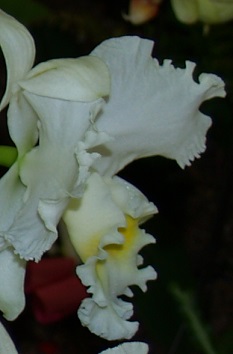 Become an Orchid expert!
Become an Orchid expert!
We are offering you the chance to become an orchid expert with this detailed course.
This course will broaden your knowledge of orchids, making you the orchid expert you have always longed to be.
- Learn more about the culture and production of orchids.
- Increase your knowledge of cut flower orchids.
- Improve your job and career prospects with an outstanding knowledge of orchids.
- Work in garden centres, orchid production, horticultural journalism or set up your own business.
- What could be better than working with these beautiful flowers?
WHY SHOULD YOU STUDY THIS COURSE?
This course offers you the opportunity to increase your knowledge of orchid care and production and use that knowledge to improve your job and career prospects.
? Learn about the different types of cropping.
? Understand good horticultural practices - valuable knowledge in many different areas.
? Become an orchid expert.
? Move your career forward - get an edge over your competition!
Any Questions?
Our tutors are more than happy to answer any questions, so please click here to ask a question.
Request a copy of our handbook here.